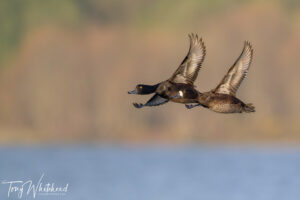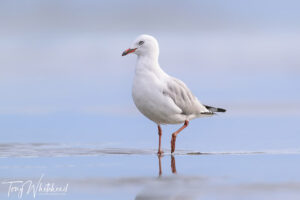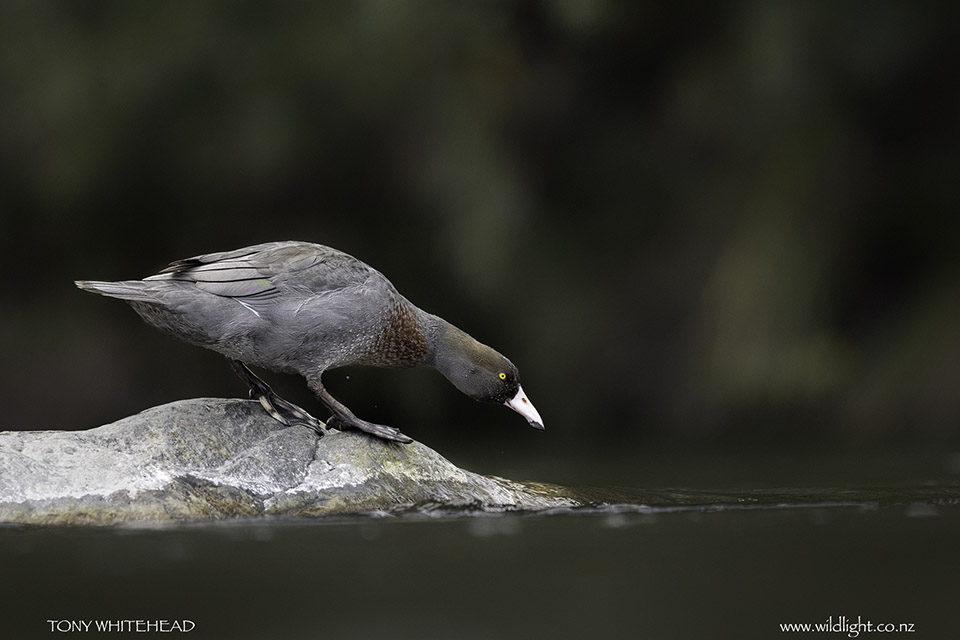
When the Nikon D800 was released in 2 versions, the regular D800 and the D800E which had no anti-aliasing (optical low-pass/OLPF) filter (AAF) in the interests of better detail recording. Despite the temptation of fine detail, I chose the D800 as I felt that there was a risk of moire in bird plumage due to the repeating patterns in flight feathers.
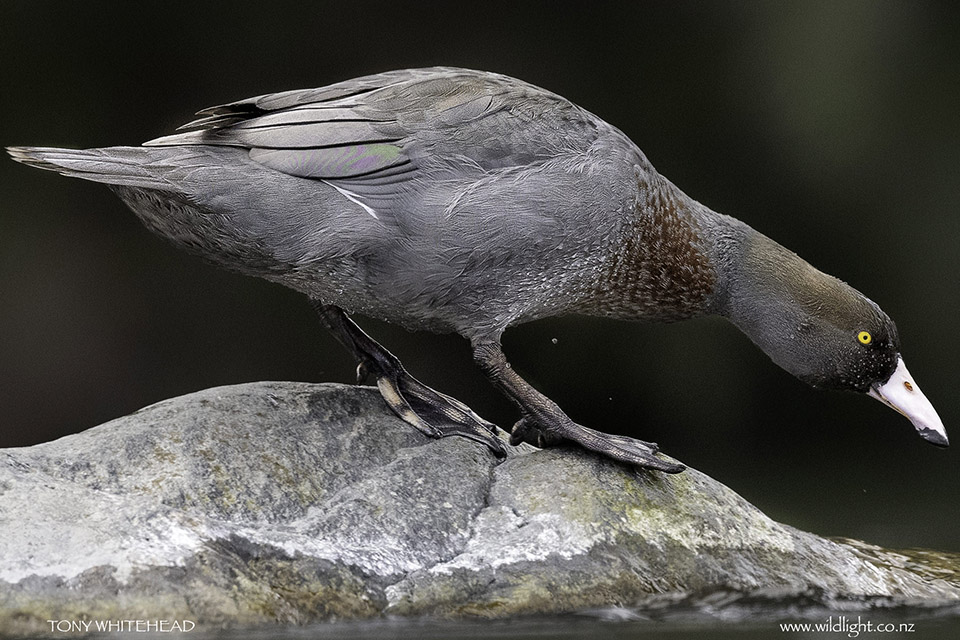
Since the D810 the option of retaining an AAF/OLPF disappeared as the D810, D500 and now D850 all come without one. Moire is caused when regular repetitive patterns in a subject (typically a fabric) cause an interference pattern with the pixels/Bayer array in the image sensor resulting in banding of tone and colour in the image. This is seldom an issue with nature subjects as there are few fine regular repeating patterns.
Bird plumage is the one exception with feathers constructed of regular meshed barbules and barbs creating a fine pattern of parallel lines in the vanes of flight feathers (contour feathers are less of an issue being generally smaller and more curved). Despite this, I have seldom encountered moire in bird photography with cameras lacking an anti-aliasing filter. The superb resolution of these cameras records remarkable detail and texture in plumage which, for me, far outweighs any moire risk.
This image of a Blue Duck was one of four taken as it climbed onto, and them moved off this rock in midstream. Three of the four images displayed moire on the lower flight feather exposed on the folded wing. The repeating pattern of feather barbs were interacting with the pixels of the D850 sensor to create an interference pattern. If the duck had been slightly closer or further away, the interference would not have occurred. A camera with a different pixel pitch would have not caused the same effect at this precise distance but would have at another.
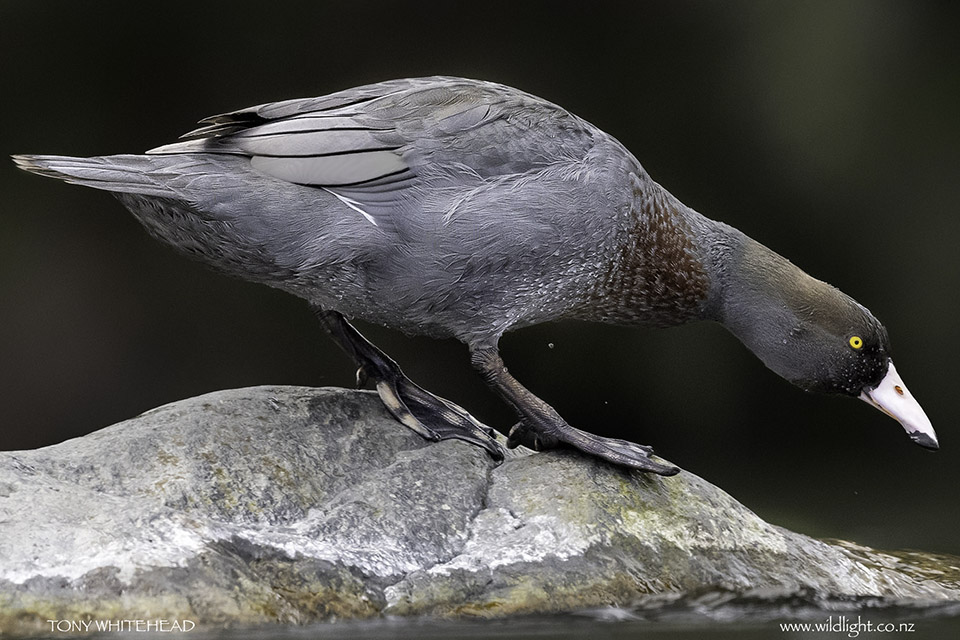
I quite liked the image and felt it illustrated this interesting issue so took a bit of time in Adobe Lightroom to deal with the moire. Using a local adjustment brush to paint only over the feather involved I applied a correction for moire+100, clarity -100, texture -100 and dehaze -50. The moire correction removed the colour banding and the remainder smoothed the tonal banding. To my eye this gave a perfectly usable image of a Blue Duck without any distracting artifact.
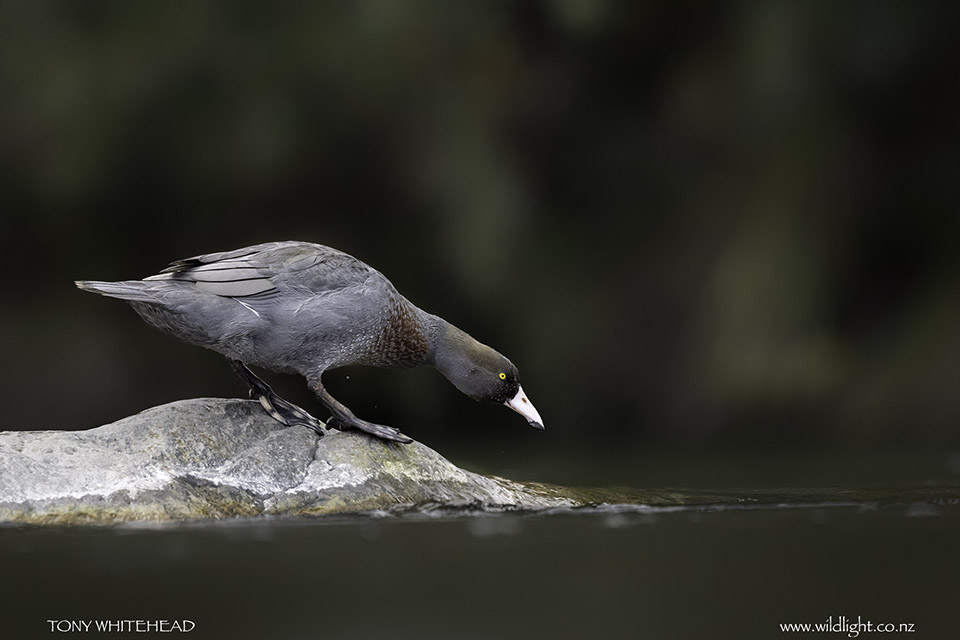
This moire issue is not peculiar to the Nikon D850 but can occur with any digital camera without an AAF/OLPF in the sensor stack. Fuji X-Trans sensors use a different colour filter array compared to the conventional Bayer array of other cameras and this can mitigate moire to an extent.
Photo with Nikon D850 and Nikon 500mm f5.6PF lens.
